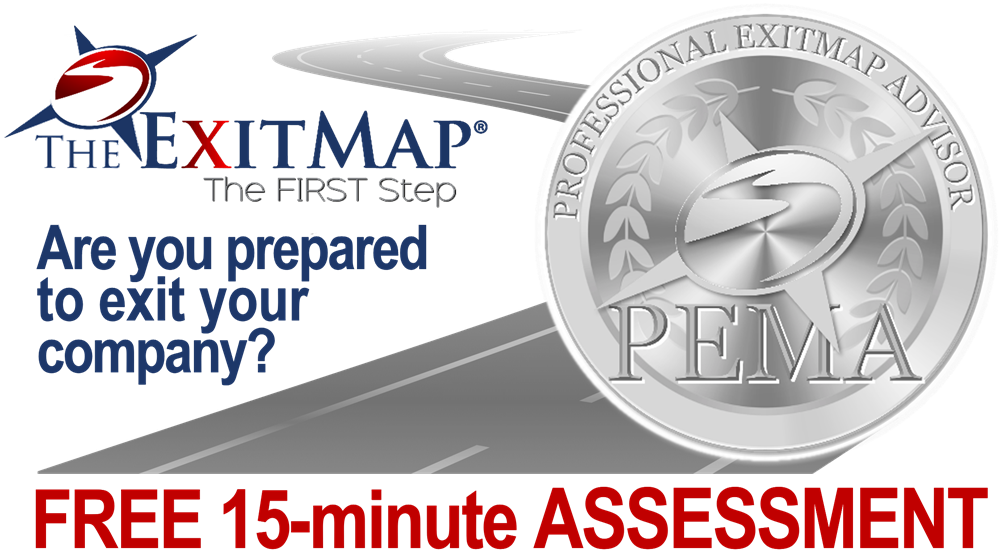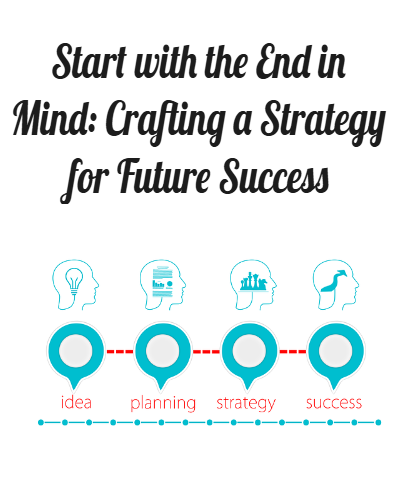Creating a Happy and Healthy Remote Workforce through Trust, Communication, and Engagement
The rise of remote work has transformed the way teams operate, providing flexibility and increased productivity. However, building a remote team that thrives emotionally and professionally requires thoughtful strategies. Here’s how to ensure your remote team stays happy, healthy, and productive.
-
- Prioritize Clear and Frequent Communication
Effective communication is the cornerstone of any successful remote team. Regular check-ins, transparent communication tools, and consistent updates help everyone stay aligned. Utilizing platforms like Slack or Microsoft Teams can foster both formal and informal communication, allowing for work discussions as well as casual “water cooler” chats that strengthen team bonds.
Virtual meetings, while essential, should be well-structured with clear goals to avoid overwhelming team members. Asynchronous communication can also help accommodate different time zones and work schedules.
-
- Foster Trust and Avoid Micromanagement
Remote teams thrive when managers trust their employees to manage their tasks and schedules. Micromanagement can erode trust and stifle creativity. Instead, empower employees by setting clear goals and KPIs, giving them ownership of their work. This approach leads to higher motivation and better results.
Monthly or bi-weekly check-ins can help keep projects on track without feeling intrusive. Managers should focus on outcomes, not the process, allowing employees the flexibility to work in the way that best suits them.
-
- Build a Strong Team Culture
Team culture is just as important in a remote setting as in the office. Creating a culture of inclusion and belonging is crucial for remote workers, who may feel isolated. Regular virtual team-building activities—such as online games, coffee breaks, or even virtual book clubs—can help build personal connections.
Encouraging personal interactions outside of work topics can make remote teams feel more cohesive. Celebrating both team and individual achievements publicly also fosters a sense of community and mutual respect.
-
- Prioritize Health and Well-being
Remote work offers flexibility, but it can blur the boundaries between personal and professional life, leading to burnout. Encourage employees to set boundaries and take breaks to maintain their well-being. Offering mental health resources or providing subscriptions to wellness platforms can further support your team’s physical and mental health.
Flexibility in work hours, allowing employees to manage their personal lives, and offering days off for mental health or “creative days” are powerful ways to support their well-being.
-
- Leverage the Right Tools for Collaboration and Productivity
Technology can make or break a remote team. Invest in the right tools to keep communication seamless and tasks organized. Platforms like Notion, GitHub, or Trello are great for project management, ensuring everyone knows their roles and deadlines. These tools also promote transparency and allow teams to track progress in real time.
At the same time, encourage direct communication when needed, using video or voice calls to clarify misunderstandings and build rapport.
Conclusion
A thriving remote team doesn’t happen by chance—it requires a thoughtful blend of communication, trust, and tools. By fostering a culture of engagement, supporting well-being, and promoting open communication, you can build a happy, healthy, and productive remote workforce.
For more insights, you can explore Entrepreneur, TTI Success Insights, CleverControl, Welcome to The Remote Company, or THE ORG
Gary Brunson
gary@myclearfocus.com
Debra Rider
debra@myclearfocus.com
574.361.2674
Sustainable Growth & Profit Consultant, Coach, Mentor, and Counselor/Therapist for Business Owners and Professionals.











